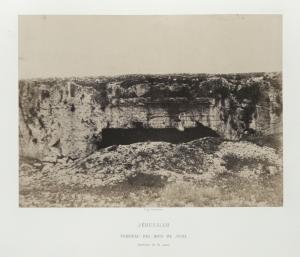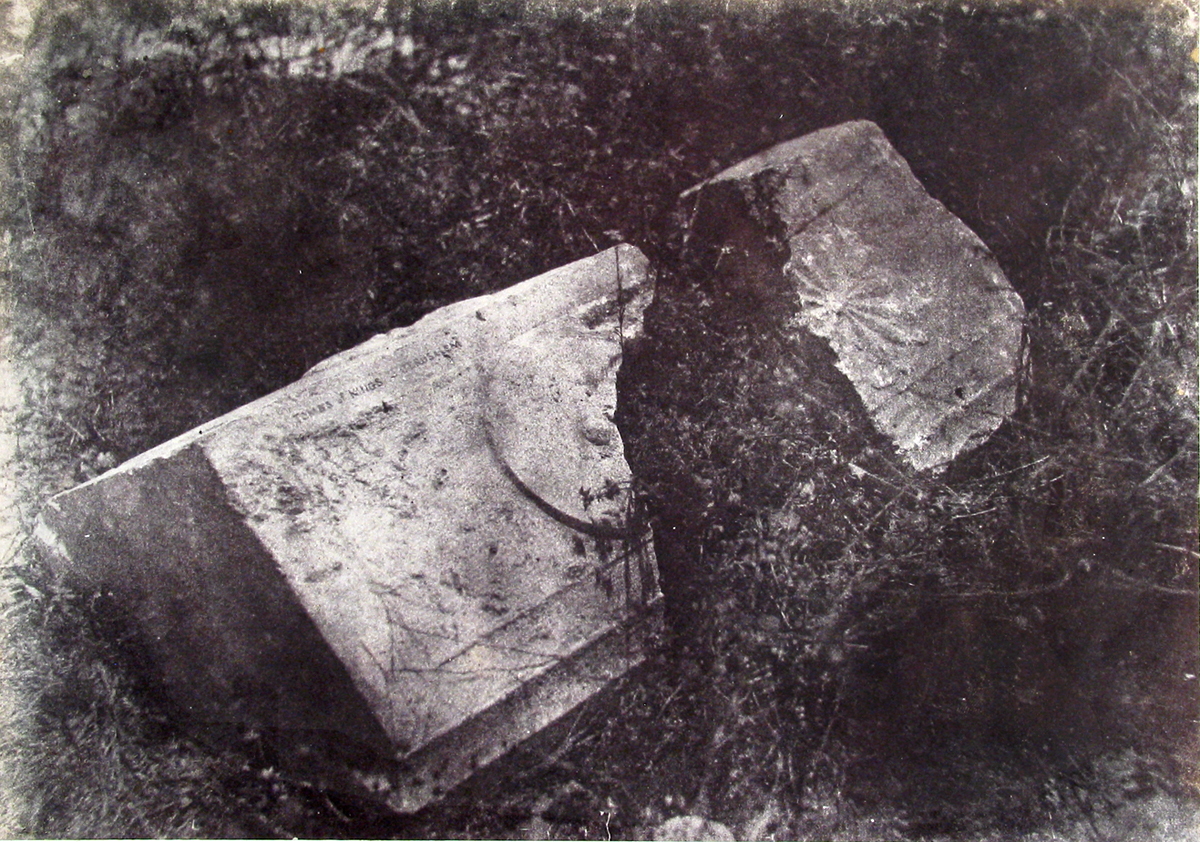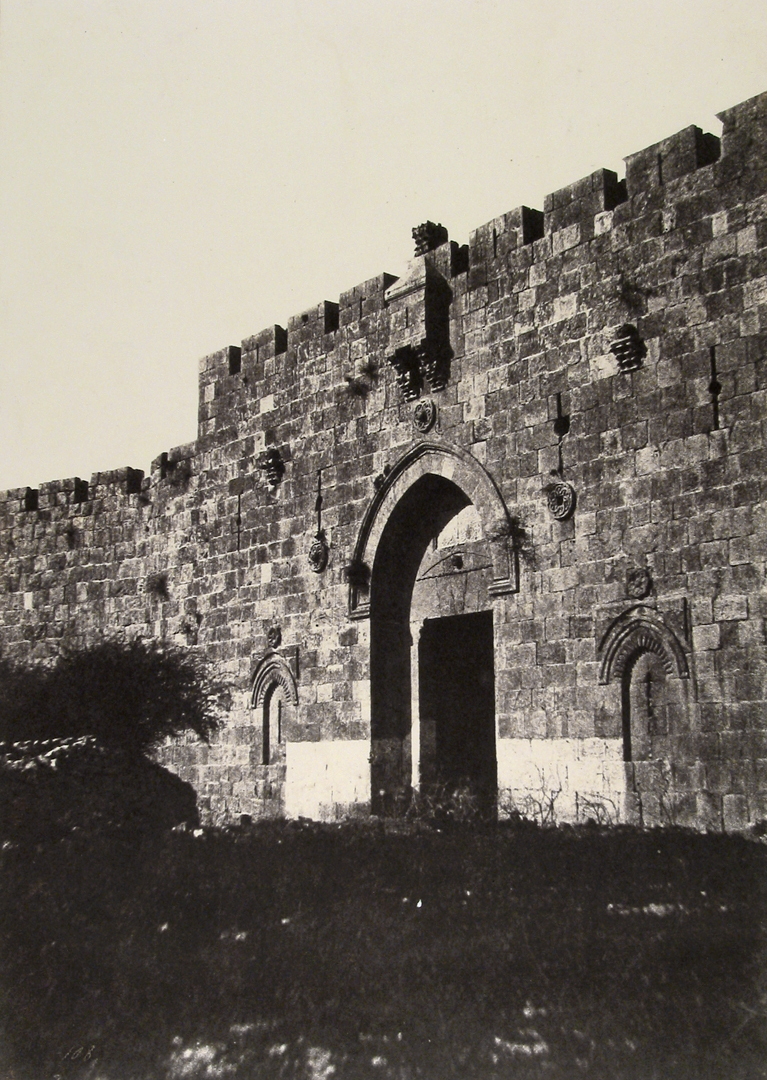Overview Article:
When an American working for an aid organization in Vietnam is murdered, Vigot, a French police inspector, must investigate the case. The story, told through flashbacks, concerns an American who arrives in Indochina (Vietnam) under the auspices of an economic aid organization to support the "third force" in the struggle against the French Colonists and the Communists. There he meets Fowler, a world-weary British journalist, and falls in love with Fowler's mistress Phuong. In retaliation, Fowler accuses the American of using economic aid as a cover for a scheme to sell arms to anti-Communist forces, making the American a target for the Communists. Eventually, Fowler learns of the American's innocence through Inspector Vigot.
___the story , told through flashbacks , ...
___ world-weary, adj. = Tired of the world; bored with life.
___retaliation , vb. intr. = To return like for like, especially evil for evil ; in retaliation for → en représailles de
The Quiet American (1958) was among the first films to deal with the problem of the American presence in Vietnam (or Indochina, as it was commonly known at that time). The original book by Graham Greene was overtly critical of "Uncle Sam's" presence in Vietnam and caused an uproar in the U.S. when it was published in 1956.
___overtly
___it caused an uproar
However, this provocative aspect of the story was softened by writer/director/producer Joseph L. Mankiewicz for the adaptation. Among other things, the American was changed from a government official to a private citizen. Casting real-life war hero Audie Murphy as the American also helped make the character more immediately sympathetic to American audiences.
Incidentally, Laurence Olivier, who was originally to play Fowler, dropped out when he learned that Murphy was cast as the American instead of Montgomery Clift; Michael Redgrave took Olivier's place. According to Robert Lantz, before making the film Mankiewicz said, "I will tell the whole story anti-Communist and pro-American." However, Mankiewicz later denied saying this, claiming that he made the changes in the script to show how "emotions can very often dictate political beliefs."
___real-life war hero
___it helped make the character more ....
___he was to play ...
The novels of Graham Greene (1904-1991) are an unusual combination of globetrotting intrigue, psychological character studies and serious meditations on moral and theological issues.
___globetrotting intrigue ; globetrotting ,vb.intr. =To travel often and widely, especially for sightseeing. Educated in Oxford, he flirted with Communism briefly before converting to Catholicism in 1926. During the 1930s, he worked for the Secret Intelligence Service and traveled to countries such as Liberia, Sierra Leone, Indochina, Cuba, Haiti and Mexico, thus discovering settings for his travel writings and novels. Greene's works have been widely adapted to film, often with screenplays written by Greene himself: The Power and the Glory, which became John Ford's The Fugitive (1947); The Fallen Idol (1948); The Third Man (1949); The End of the Affair (1955) and Our Man in Havana (1960). The most notable Greene adaptation of recent years is Neil Jordan's reworking of The End of the Affair (1999).
The film was shot partly on the soundstages of the Cinecitta Studio in Rome, partly in Vietnam. Location shooting in Vietnam was not without complications. Cinematographer Robert Krasker had to avoid shooting at noon because the intense overhead tropical sun created lighting problems. The crew also encountered difficulties obtaining permission to shoot inside a Buddhist temple due to the phase of the moon.
___soundstage ,n. =A room or studio that is usually soundproof, used for the production of movies.
___location shooting in Vietnam was ....
___ the intense overhead tropical sun ; overhead ,adj. = situated or operating above head height or some other reference level
___he encountered difficulties obtaining ...
According to one source, the film's Vietnam production unit became the unwitting participant in a political demonstration. While filming in the city of Tay Ninh, they witnessed what they believed to be a religious procession by the Cao-Dai sect with about 40,000 participants. However, they later learned that it was a protest by the sect calling for the return of its leader. The police, who assumed that the event had been staged specially for the film, allowed it to proceed without interference.
___unwitting , adj. = Not knowing; unaware
___it was a protest calling for...
___ they allowed it to proceed without interference ; proceed ,vb. intr. = to undertake and continue (something or to do something)" he proceeded with his reading"
While a number of critics pointed out the film's blunted political message at the time of its release, it was nonetheless praised for its acting, especially Michael Redgrave's brilliant performance as Fowler, and its vivid use of locations. Bosley Crowther of The New York Times wrote, "Scenes shot in Saigon have a vivid documentary quality and, indeed, the whole film has an aroma of genuine friction in the seething Orient."
___blunted , blunt , adj. = Abrupt and often disconcertingly frank in speech: "Onscreen, John Wayne was a blunt talker and straight shooter" . See Synonyms at gruff.
Slow to understand or perceive; dull.
___vivid , adj. = Perceived as bright and distinct; brilliant: a vivid star.







